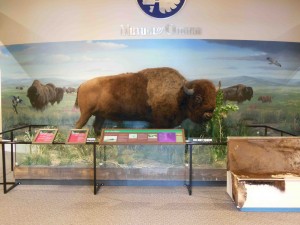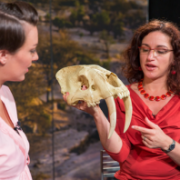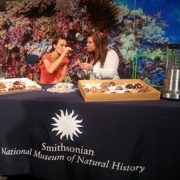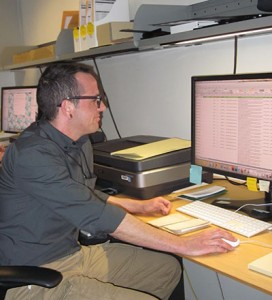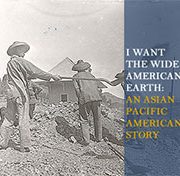let’s source the crowds
While it may seem like a contemporary term, many museums, including the Smithsonian, have been using crowdsourcing as a strategy for years. At the Smithsonian, we’ve been at it since 1849, when the first Secretary, Joseph Henry, used 150 weather observers all over the U.S. to contribute data, an activity that led to the formation of the National Weather Service.
The Smithsonian still sources the power of our audiences today on topics ranging from tree leaves and gardens to immigration and stories from rural America. We’d love to hear from you! Please contribute your voice, or let your visitors know, about the projects below. Do you have a crowdsourcing initiative you’d like to share? Let us know in the comments.
SI Transcription Center– Crowdsourcing transcriptions of primary source documents
Leafsnap – Crowdsourcing tree images for mobile app

crowdsourced image of kohlrabi growing in the garden of The Works, a Smithsonian Affiliate in Newark, Ohio.
Encyclopedia of Life – Crowdsourcing species-related media
Our American Journey (National Museum of American History) – Crowdsourcing oral histories of American experience of migration and immigration
Community of Gardens (Smithsonian Gardens)- Learn from the ways that gardens and gardeners of all backgrounds have shaped America’s landscape. https://communityofgardens.si.edu/
Agriculture Innovation and Heritage Archive (National Museum of American History) – Think about how transformations in American agriculture have affected you, your family, your community, and the environment.
Stories from Main Street (Smithsonian Institution Traveling Exhibition Service)– Crowdsourcing stories about rural America –
Ask Smithsonian (Smithsonian Magazine) – Try to stump us with a question about anything. Really, anything. https://www.smithsonianmag.com/smithsonian-institution/ask-smithsonian/ask-form/?no-ist
Will to Adorn (Center for Folklife and Cultural Heritage) – Listen to and contribute your stories about the choices you make everyday when you dress for school, work, fun, or special occasions.
eMammal (National Museum of Natural History) – Work with researchers to document mammals using camera traps.
Finally, here’s a look at some spectacular online exhibitions created by crowdsourcing:
A Day in the Life of Asian Pacific America (Smithsonian Asian Pacific American Center) – The first crowdsourced gallery of the Asian Pacific American experience around the world as lived on one day. https://smithsonianapa.org/life2014/
My Space Shuttle Memories (National Air and Space Museum) Did you ever see a space shuttle launch or land in person?
Portraits of Planet Ocean (National Museum of Natural History) – Stunning photo gallery of the world’s magnificent oceans by oceanographers and enthusiasts.





